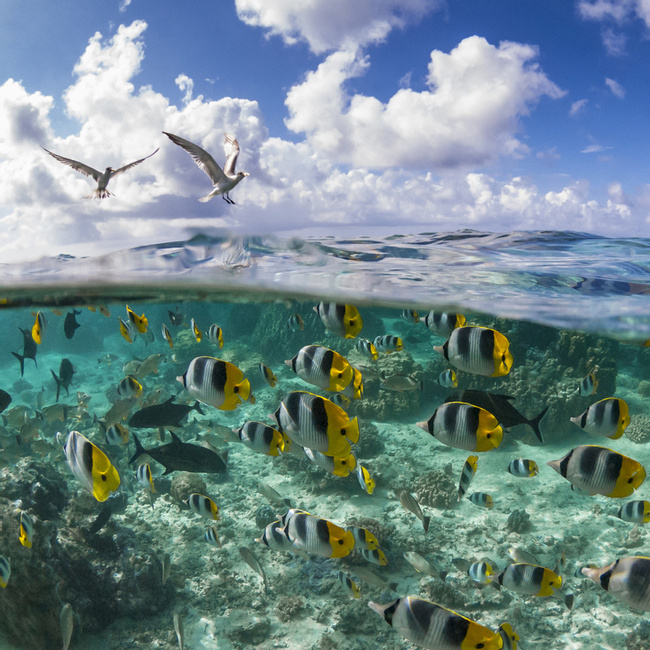What Are the Top Activities in Belize?
Belize is one of the top destinations in the world for scuba diving. Coral reefs, marine reserves, and the Great Blue Hole have all made Belize a must-see destination for serious divers. The Great Blue Hole is an underwater sinkhole, 60 miles (100km) off the coast of Belize. Only experienced divers can venture to the bottom of the 400-foot (121-m) hole. You won’t see much wildlife in the hole, but you will see some remarkable underwater stalagmites. Around the rim of the sinkhole, divers will see many different species of shark and colorful, undulating anemones.

The Belize Barrier Reef is one of the healthiest, most diverse reefs in the Caribbean. It stretches across 7 marine reserves. For a look at rare, Caribbean wildlife, check out the Hol Chan Marine Reserve, Laughing Bird Caye National Park, Bacalar Chico National Park, and South Water Caye Marine Reserve. Depending on the time of year you could see whale sharks, dolphins, sea turtles, and manatees.
On hikes through Belize’s inland reserves you’ll get to explore some of the country’s most significant Maya ruins, including Lamanai, Xunantunich, Cahal Pech, and Corozal. You’ll also see waterfalls, swimming holes, and tracts of perfectly preserved rainforest.
Related Questions
- When Is The Best Time To Go To Belize?
- Where Are The Nicest Beaches in Belize?
- Where Is The Best Fishing In Belize?
- Is Belize Family Friendly?
- Where Is The Best Surfing in Belize?
We believe travel is more than ticking destinations off a list – it’s about discovering new places deeply, feeling connected wherever you go, and knowing you have a trusted team behind you every step of the way.



